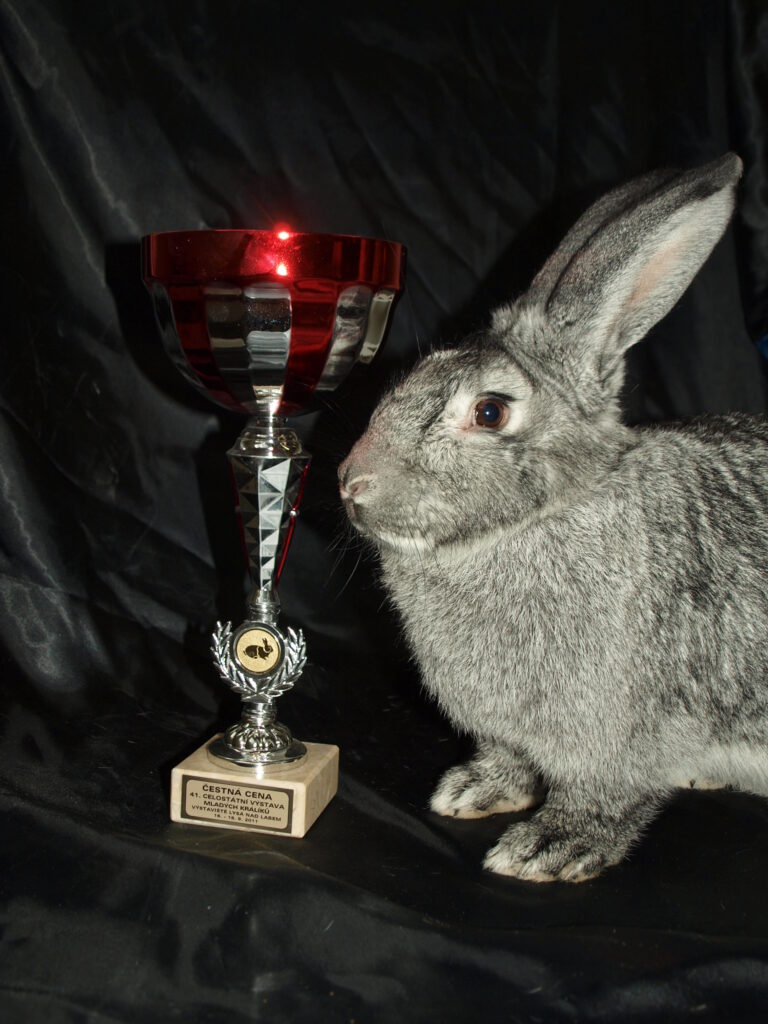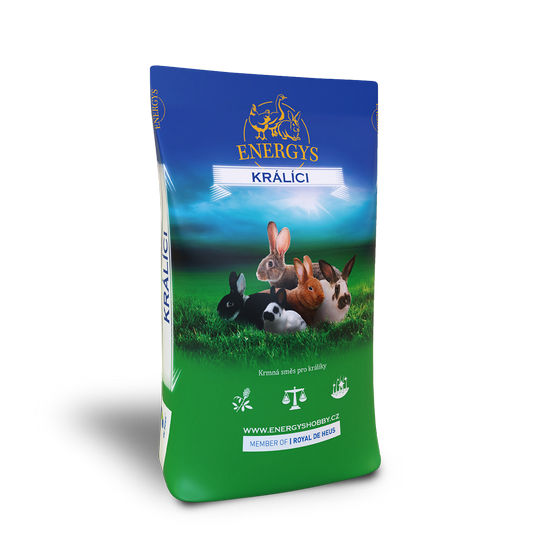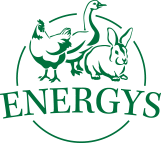Rabbits
Poultry
Laying hens
Quails
Guinea pigs
Pigs
Ostriches
Sheep and goats
Pigeons
Pheasants
Forest animals
Do You Have the Right Conditions for Rabbits?
Achieving optimum fitness is the goal of all breeding practices and care for pets. By condition we mean the actual preparedness of an animal for a particular purpose conditioned by many external and internal factors. In particular, the level of nutrition and care, as well as the health condition of the individual, are inseparably linked to the level of fitness.
The condition can change over the course of life, for better or worse. The breeder’s effort is to profile these aspects as much as possible and ensure a targeted overall impression when looking at the animal. It is of fundamental importance to assess the condition of production animals, where we can look and feel the value of the individual.
Types of condition of rabbits in domestic breeding
In the domestic breeding of rabbits, the following types of condition can be predominantly encountered.
Breeding condition
Breeding condition is a prerequisite for successful reproduction. It is important for both sexes, however, in rabbits it is advisable to pay a little more attention with regard to the possibility of fattening in case of improper nutrition. On the other hand, a common mistake of some breeders is the underestimation of the breeding condition in males, which may be reflected in e.g. impaired sexual libido or weak spermiogram. In layman’s terms, a breeding rabbit “is neither skinny nor fat”.
Fattening condition
The fattening condition is a prerequisite for quality meat stock value, especially meat stock yield. The aim is for the rabbit to be able to transform nutrients from specially balanced diets into the desired product – meat. Selected breeds of rabbits are suitable for this purpose (e.g. Burgundy, Californian, Great Hare, Siamese), but the best results are achieved by specially bred hybrids – broiler rabbits, even though they have increased demands on nursing and nutrition than representatives of pure-bred breeds. From the point of view of meat stock processing, the slaughter age around 3 to 4 months of age is optimal, when rabbits convert nutrients from feed mainly into muscle, which can be palpated. Such rabbits also have rounded body shapes, which is due to the optimal development of subcutaneous fat. Older rabbits no longer store nutrients in the structures of their body much and mainly in the form of fats – abdominal and subcutaneous, which is undesirable. Rabbits with a markedly fattening condition – thick skin, which often forms overhangs, are not suitable for breeding, let alone exhibiting activities.
Exhibition condition.
Exhibition condition is a prerequisite for successful presentation at exhibitions and shows. The rabbit is actually in an “improved” breeding condition with the fact that it is in a somewhat better nutritional condition. In addition, the overall excellent impression, harmony of the body, the nature and suitability of the animal for exterior evaluation, and in particular the quality of the coat, shall be taken into account. The fur is one of the most obvious indicators of health – the requirement is shiny, close-fitting, dense coat with balance all over the body. Significant improvement of the fur and achievement of the exhibition condition of rabbits at all is currently devoted a large amount of attention in breeding practice, which is closely related to the offer of specialized diets for rabbits.

Fig. 1 The exhibition condition is most evident in the musculature and fur of the rabbit
Related posts
10. April 2024
Keeping dwarf rabbits as pets is becoming increasingly popular. It does not require a lot of space and is ideal for people who live in smaller homes or apartments. Dwarf rabbits are also very friendly, so it’s no wonder that people are choosing them for this purpose more and more often. As with all animals,…
30. August 2022
In this article we will discuss several rabbit diseases – ear scab, tyzzer’s disease and heat stress.
24. August 2022
In this article we look at two diseases – e.Coli and enterocolitis.
2. August 2022
In this article we look at two common rabbit diseases, myxomatosis and infectious rhinitis.
13. July 2022
In the following article we will discuss rabbit plague – rhd or vhd (viral haemorrhagic disease of rabbits).
Related products

RABBIT DWART
Complete pelleted feed for dwarf rabbits with high digestibility. It contains a high proportion of fibre (high alfalfa and grass cake content) and a reduced sugar and starch content. Contains flaxseed, which has a positive effect on coat quality. Suitable for daily feeding. We recommend providing rabbits with safe fresh water and hay.

RABBIT CHAMPION
Feed for show rabbits, does not include Coccidiostat. A unique mix significantly supports the quality and growth of fur. Serve when moulting and at least two months before the start of the show season.

RABBIT GOLD FORTE
A premium feed mix in an ideal make up for gestating and breast feeding females. For the intensive fattening of rabbits for a period of up to 5 days before slaughter. It supports fast growth, meat content and an excellent state of health. It contains a coccidiostat which lowers the risk of mortality.

RABBIT KLASIK FORTE
Intended for the fattening of rabbits up to a point at least 5 days before slaughter. Suitable for attaining a high meat content and an excellent state of health. Thanks to its Coccidiostat content it lowers the animals mortality.

RABBIT KLASIK
For the final phase of rabbit fattening, a minimum of 5 days before slaughter. It supports high meat content and excellent taste qualities in rabbit meat. Without a coccidiostat.

RABBIT START
For young rabbits from the start of accepting feed to 4-6 weeks after weaning. The feed helps to significantly lower the death rate in the period around weaning. It contains a raised percentage of fibre and less starch. It does not contain a coccidiostat.
